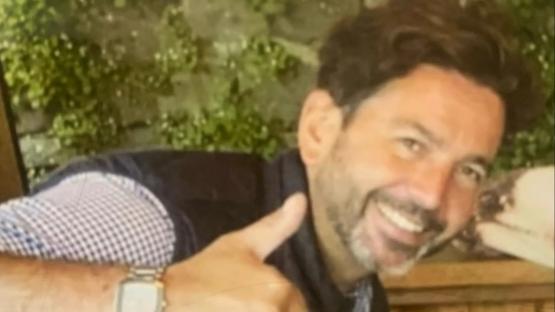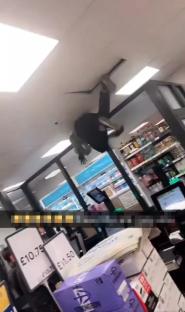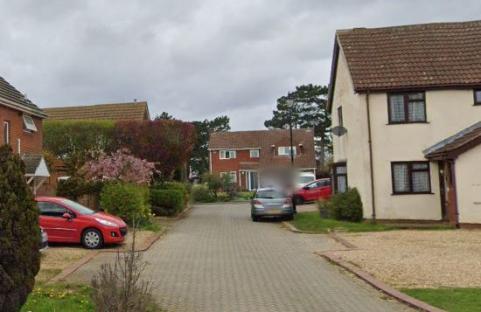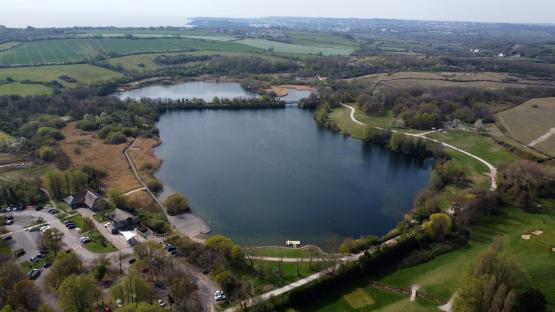A string of traffic stops carried out by a supposed police impersonator were, in fact, done by a real cop, the B.C. RCMP said on Wednesday.
The Okanagan was abuzz in late March following a string of press releases from the RCMP asking the public to be alert for a possible police impersonator allegedly pulling over vehicles for brief traffic stops.
At the time, RCMP issued the “rare public notification and plea for vigilance”; following a police impersonation incident along Highway 33 between Rock Creek and Kelowna on March 21.
Read more: RCMP issue warning after police impersonator pulls over vehicle on Highway 33
Police say that incident led to four additional motorists coming forward with encounters outside of Lumby just a week prior.
“A fulsome review of each of those (Lumby) incidents has allowed GIS investigators to confirm those contacts were in fact carried out by a uniformed police officer,”; B.C. RCMP said in a press release.
“Investigators with the Vernon North Okanagan Rural RCMP General Investigation Section (GIS), supported by the Southeast District GIS conducted a probe into the four reported incidents in the Lumby, B.C., area.
“That review has revealed that each of those traffic stops were, in fact, carried out by a provincial traffic enforcement officer with the B.C. RCMP North Okanagan Traffic Services (NOTS), a roving traffic enforcement unit, based in Falkland. The police officer was on-duty, dressed in full uniform and operating a fully equipped unmarked white Chevrolet Tahoe.”;
RCMP Insp. Jeff Dowling, who is the Officer-In-Charge of B.C. RCMP Traffic Services in the Southeast District, added “a complete review of the traffic enforcement officer’s electronic database police records, combined with in-car video system footage, has provided confirmation that the four reported traffic stops in the Lumby area in mid-March were conducted by the highway patrol officer.”;
Dowling said the four civilian complainants from the Lumby area have been updated.
Meanwhile, police said the investigation into the Highway 33 police impersonator case on March 21 continues to be handled by the Midway RCMP, with oversight from the Southeast District GIS team.
Police say in that incident, someone in a white pickup truck with red and blue lights in the grill conducted a traffic stop along Highway 33 between Rock Creek and Kelowna.
The victim pulled over, but then fled towards Kelowna, with the suspect following him for several kilometres before pulling off the highway.
“The impersonation of a police officer is a somewhat rare occurrence,”; said Cpl. Jesse O’Donaghey. “If you suspect someone may be using or is planning to use real or replica police equipment, clothing or memorabilia to commit a crime, please report it to your local police or Crime Stoppers.”;
O’Donaghey added “we care deeply about the communities we serve and we are committed to sharing timely information in order to preserve public safety. We are now assessing our processes to see if there is any way we can help reduce public uncertainty.”;




